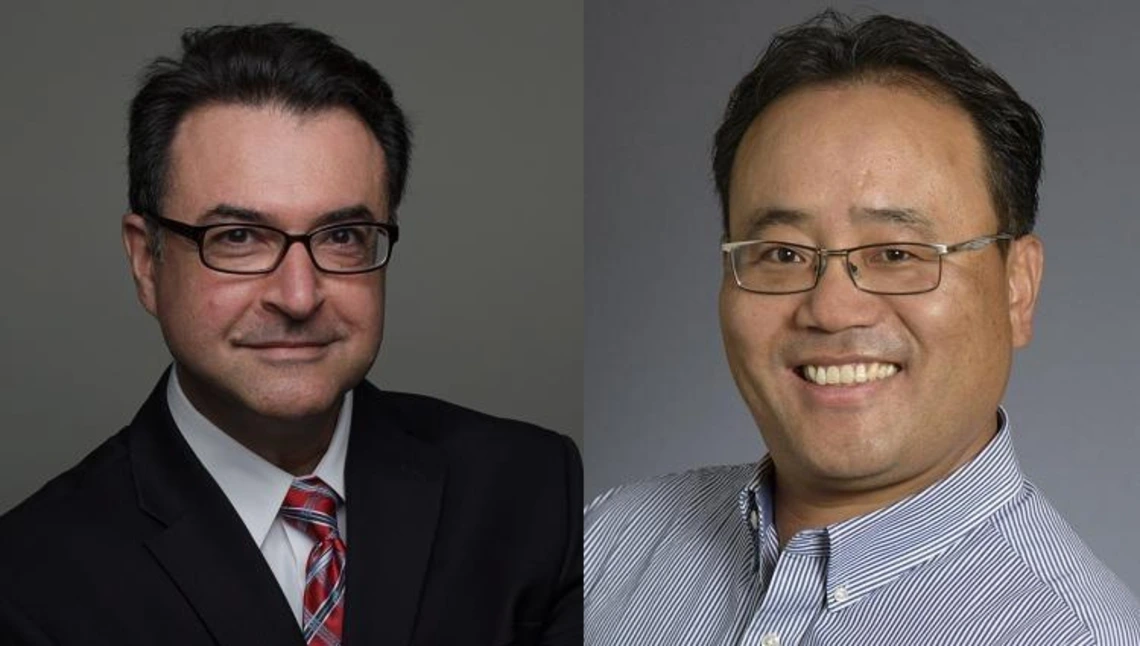Auxilium Selected in International Mining Competition

Auxilium Technology Group, a mining technology company co-founded by MGE faculty, is among 10 companies moving on to the next stage of a $10 million challenge to develop new technologies to reuse mine tailings — leftover material from mining operations. Interim MGE department head Moe Momayez and MGE associate professor Jaeheon Lee co-founded Auxilium with entrepreneur Abraham Jalbout to address growing concerns about mining's impact on the environment.
The Arizona Daily Star wrote about Auxilium's selection in the BHP Tailings Challenge hosted by Australia-based BHP, one of the world’s biggest mining companies. The challenge saw 154 applications from 19 countries, all aiming for new technologies in mining.
“Mining is a very water- and energy-intensive industry,” Momayez said. “We’re excited to provide solutions that extract valuables from mining effluents and reduce mine waste — the most visible footprint of the mining industry.”
Each of the 10 participants in the laboratory stage will receive a $50,000 grant and six months to "validate their solutions at the laboratory level" to show the technical and economic feasibility of their proposals.
According to the Star, Auxilium’s mine-tailing circuit will look something like this:
Initially, the company plans to extract valuable industrial chemical reagents such as sulfuric acid and ferric sulfate from tailings, Jalbout said. Next, the company will extract remaining metals of value, such as copper, molybdenum and gold, using its high-efficiency extraction process invented by Lee, Jalbout said.
“Most tailing have enough value to justify extraction — you’d be surprised how many valuable elements are in there,” he said.
Next, the company will extract water from the tailings, Jalbout said, noting that wet, “fresh” tailings — the kind BHP is most interested in — are typically 40% to 80% water.
In the final stage, Auxilium will use a process invented by Momayez to turn the stripped tailings into an insulating “geofoam” that can be sprayed on or applied in sheets to block heat from rock walls from working areas in underground mines.
